A FEW WORDS OF PRAISE FOR A RELUCTANT HERO (April 1999)
By Jim Stiles
Edward Abbey changed my life. He saved me from becoming a Republican. Twenty-five years after a friend of my father’s handed me a worn out copy of Desert Solitaire and a decade after his death, Ed Abbey is, to me, an honest hero in a time and a world where we don’t allow heroes. He’d throw a beer bottle at me right now (an empty) if he were here to read these words of praise. But think about it Abbey, if it weren’t for you I might be gearing up for the Quayle Campaign. What else can I say?
I still remember the first time I met Ed. I’d read Desert Solitaire a few years earlier and had abandoned my family’s perverse dedication to Richard Nixon and the GOP. Now I was an Abbey Groupster, one of those annoying young Eco/Abbey Freaks who drove a VW microbus covered with inflammatory bumper stickers. I always carried a copy of The Book in my hip pocket. I had come West from Kentucky to live in Moab, Utah and I had come to give Abbey a present. Carefully rolled up in a cardboard tube was a drawing of mine, a cartoon extravaganza of Glen Canyon Dam blown to smithereens.
I wanted to give my pen and ink doodle to my favorite author and had read on the jacket cover of The Monkey Wrench Gang that Abbey lived in a remote little corner of the southwest called Wolf Hole, Arizona. After long hours eyeballing road maps, I found Wolf Hole, a tiny speck on the Arizona Strip, south of St. George, Utah and north of the Grand Canyon. So I made the long pilgrimage over rough and corrugated dirt roads to Wolf Hole.
There was nothing there.
Not even a fence post. If Abbey was out here, I decided, he had concealed himself far better than my tracking skills were at finding him. I abandoned my quest, but months later I found myself back in Moab, recently hired as a $3/day volunteer at Arches, and discovered that Abbey lived just outside of town. A mutual Park Service friend introduced me to Ed at a poker game and I finally gave him the Glen Canyon Dam(n) cartoon. He was as gracious and kind as I could have hoped. “It’s Floyd Dominy Falls!” he said. But when I told him I’d gone all the way to Wolf Hole to give Ed the drawing, Abbey’s grin broadened…
“Yes…Wolf Hole,” he chuckled. “What’s it like down there?”
It was the beginning of a friendship that would last until his death in March 1989. As I got to know Abbey over the years, I only came to admire him more, in spite of, or perhaps even because of his faults and contradictions. Abbey reveled in confusing his adversaries and followers alike. He was contradictory but he was so damn honest about it. He was once expounding on population control and the young feminist interviewer thought she had Ed dead center in her cross hairs.
“But Mr. Abbey, don’t you have five children of your own?” she asked scornfully.
You could see Ed’s eyes grow brighter. “Yes I do,” he answered with a hint of pure joy, “But they’re by five wives. That’s only one per wife.”
No one saw more clearly than Abbey what we as a species need to do to keep this planet of ours from sinking into a sea of sludge. But Ed never claimed to be the vision of perfection himself. He detested the various crowns and titles we all attempted to bestow upon him. “I’m not a guru,” he often groused, “and I’m not an ‘environmental leader.’ I just like to throw words around.”
No one threw words better. He lit fires under people. Before Abbey, writers who came to the defense of Planet Earth, like John Muir and Henry Thoreau, spoke with gentle voices. Their message was clear but it was lyrical. And then along came Abbey with a clenched fist and a heart full of anger.
He said: This is our land. It’s all we have. It’s being ripped to pieces before our very eyes. And I’m not going to just sit here and lament its passing. I’m mad. What about you?
It was that kind of passion that ignited so many of us and I’d like to think that Abbey’s life and his impact made a difference in the West. I still live in Moab after all these years and recently someone asked me how Moab and the canyon country would be different had Abbey never lived. I thought about that for a minute…
On the one hand, even here in the deadfromtheneckup state of Utah (yes, that’s one word in the Beehive State), setting aside wilderness is a concept that most of its residents believe is vital to our future and an effort that we should be proud to pursue. Someday, perhaps not in my lifetime, the Utah congressional delegation will finally introduce a decent wilderness bill.
Nearby Canyonlands National Park was once destined to become another windshield tourist playground with paved roads and scenic loops and huge industrial-strength campgrounds and hotels and snack bars. But it didn’t happen, at least not on the scale promised when the park was created in 1964.
Ed Abbey’s hand can be seen in all this. Abbey always ran a decade or two ahead of the curve, and most Americans have come to appreciate and embrace the ideas he first proposed thirty and forty years ago.
On the other hand, I look through cringing eyes at Moab, Utah in 1999, at the ever-growing assortment of fast food restaurants, and pre-fab motels along Main Street and fake adobe condos that keep consuming the alfalfa fields and horse pastures, and the hordes of adrenalin junkies who swarm over these precious rocks looking for cheap thrills, and I say to myself: Not enough people have read Desert Solitaire.
And again if Abbey were here, he’d shake his head, squeeze my shoulder and say, “Never mind all that. Our only hope is catastrophe anyway. Get out those cigars you brought and let’s go for a ride.”
He was so damn proud of that last car. It was a 1972 red Cadillac convertible. It got eight miles to the gallon.
THE DEC/JAN ISSUE:
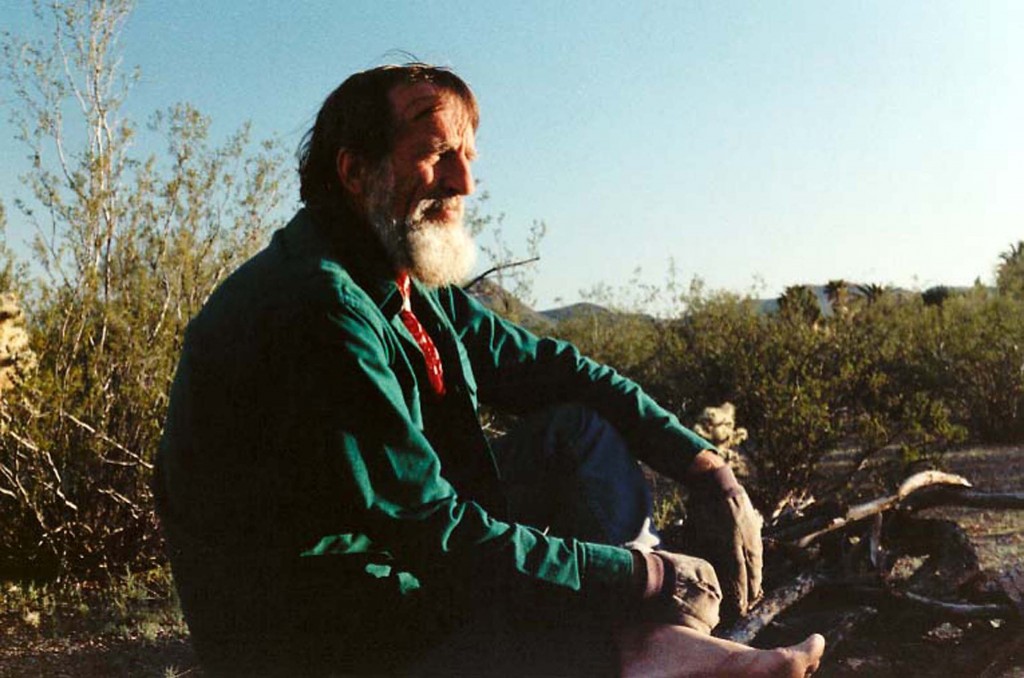
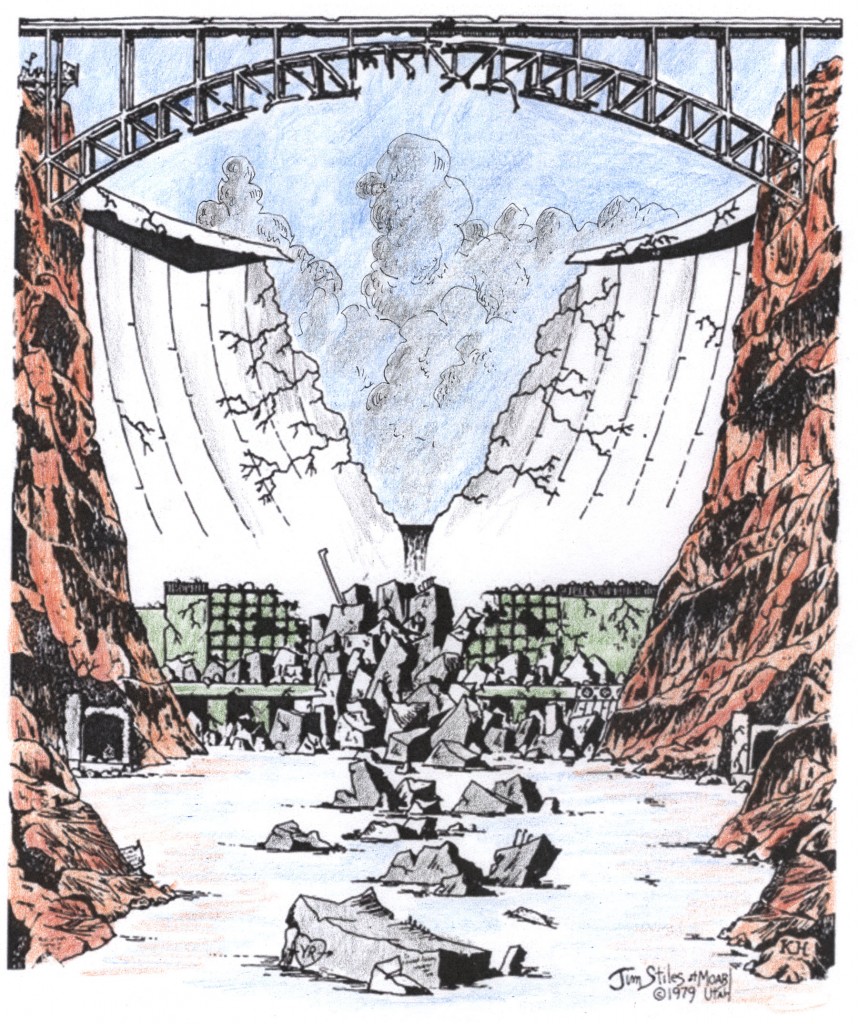
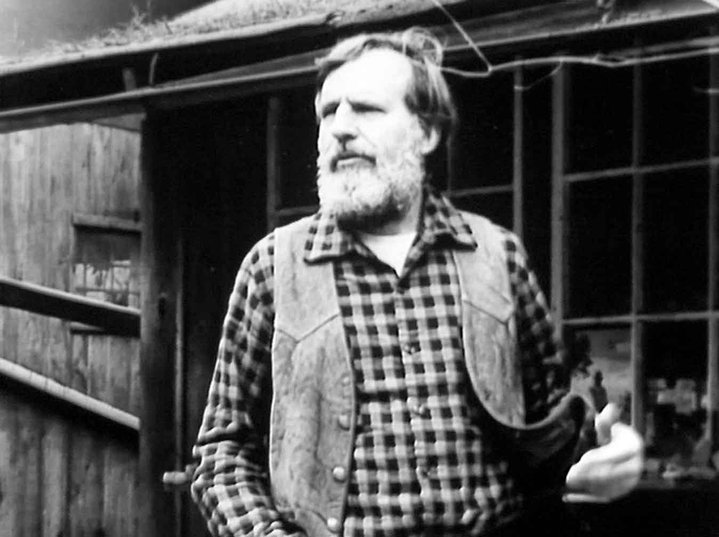
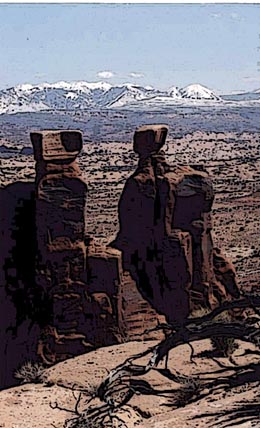
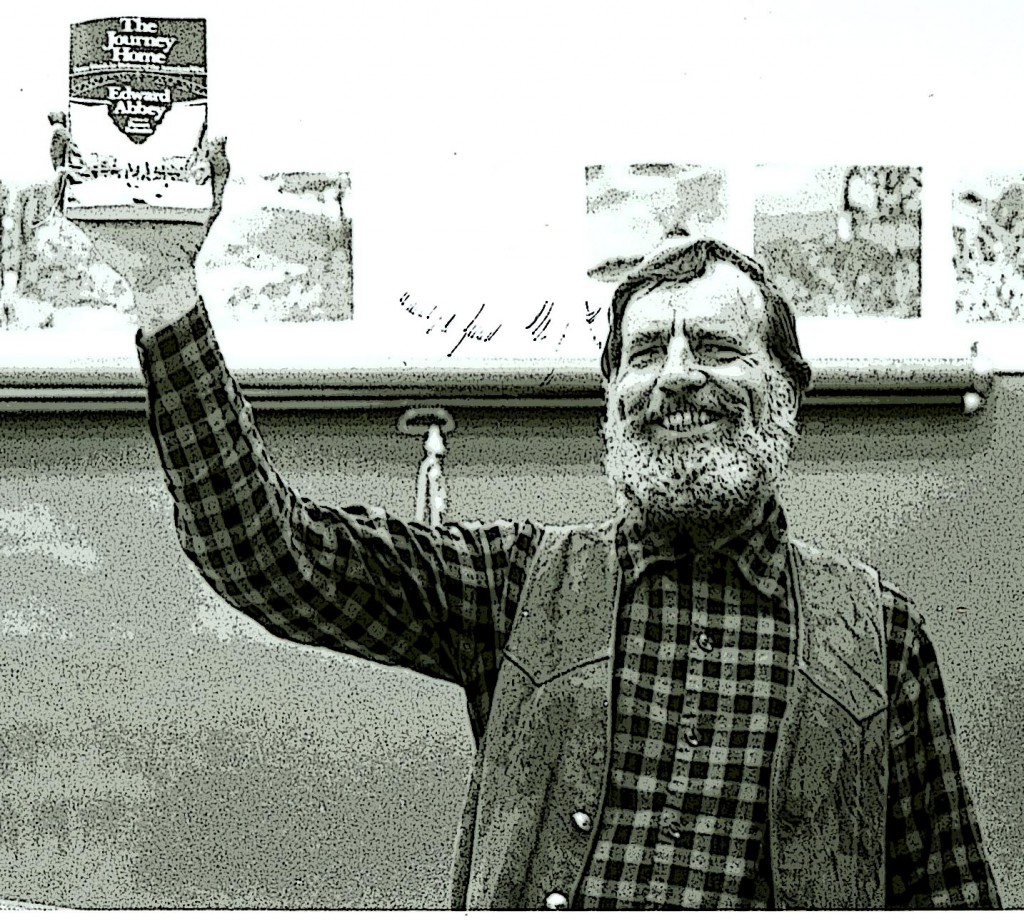
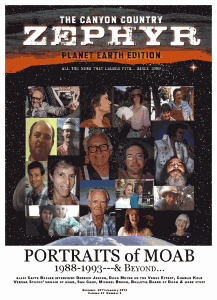
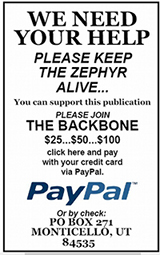

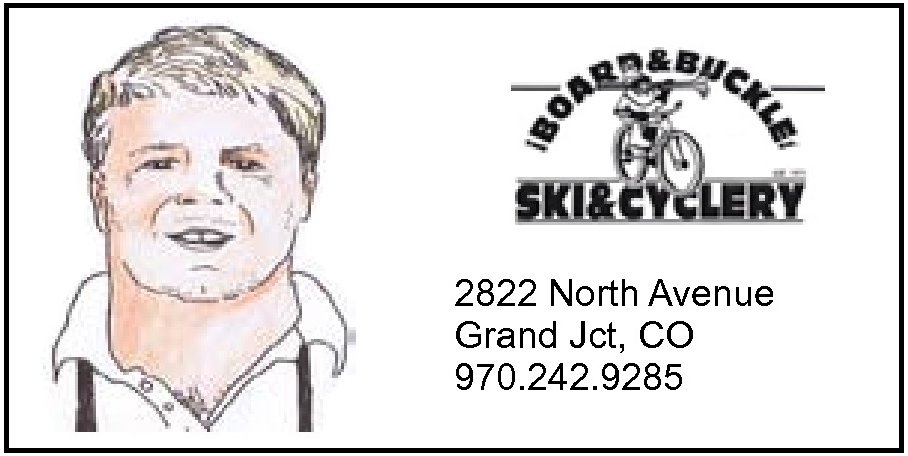
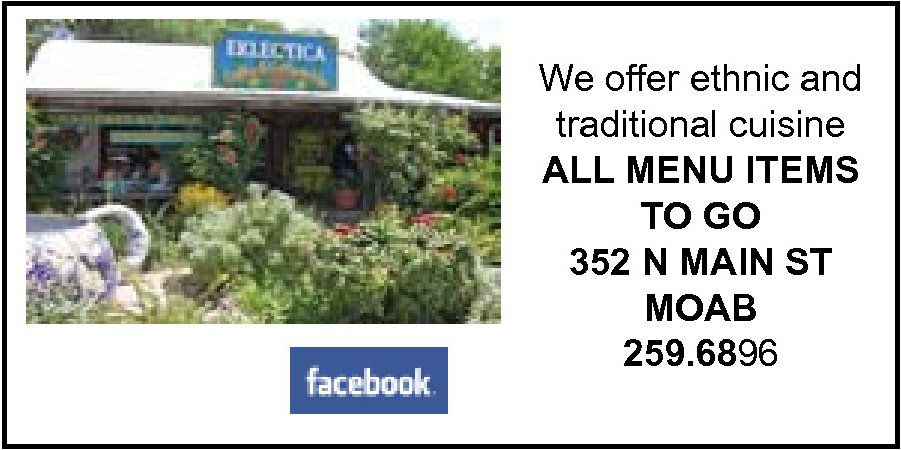
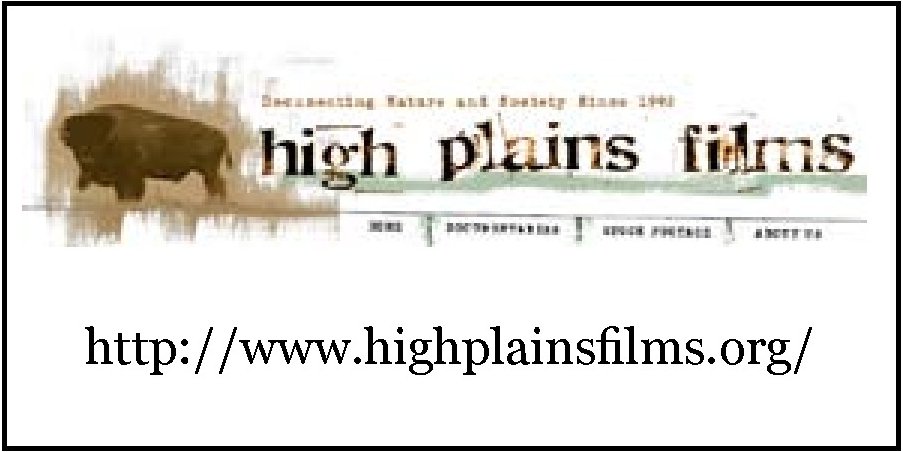
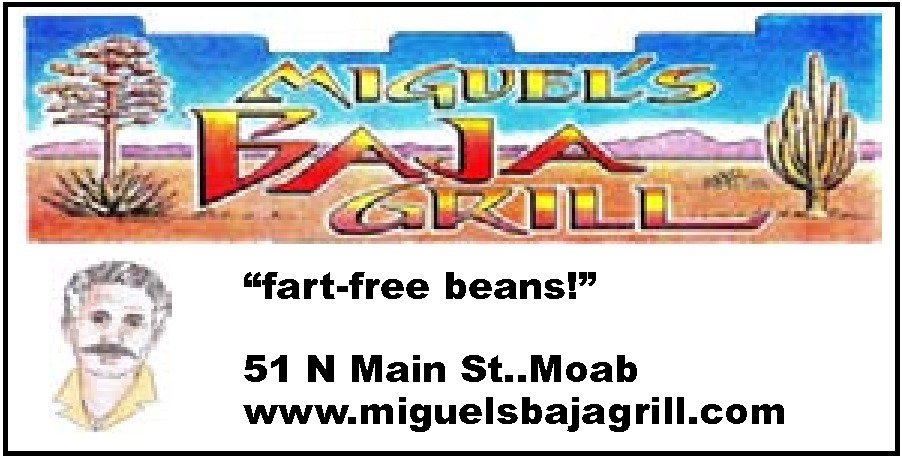
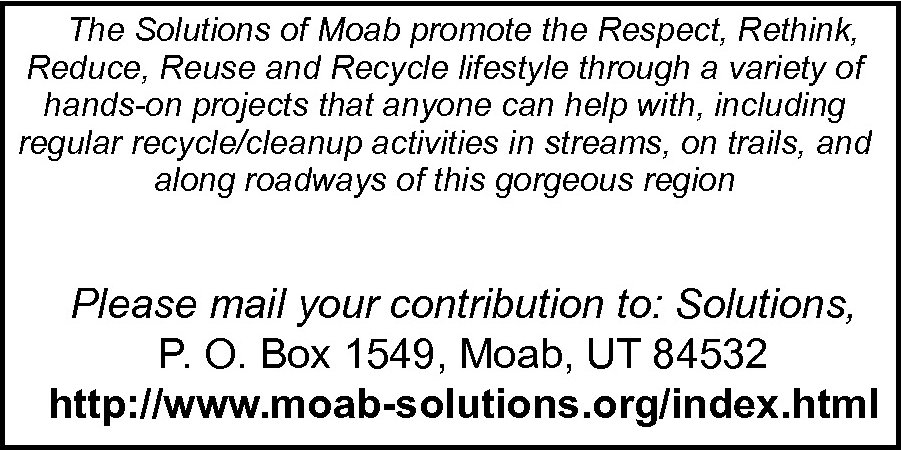
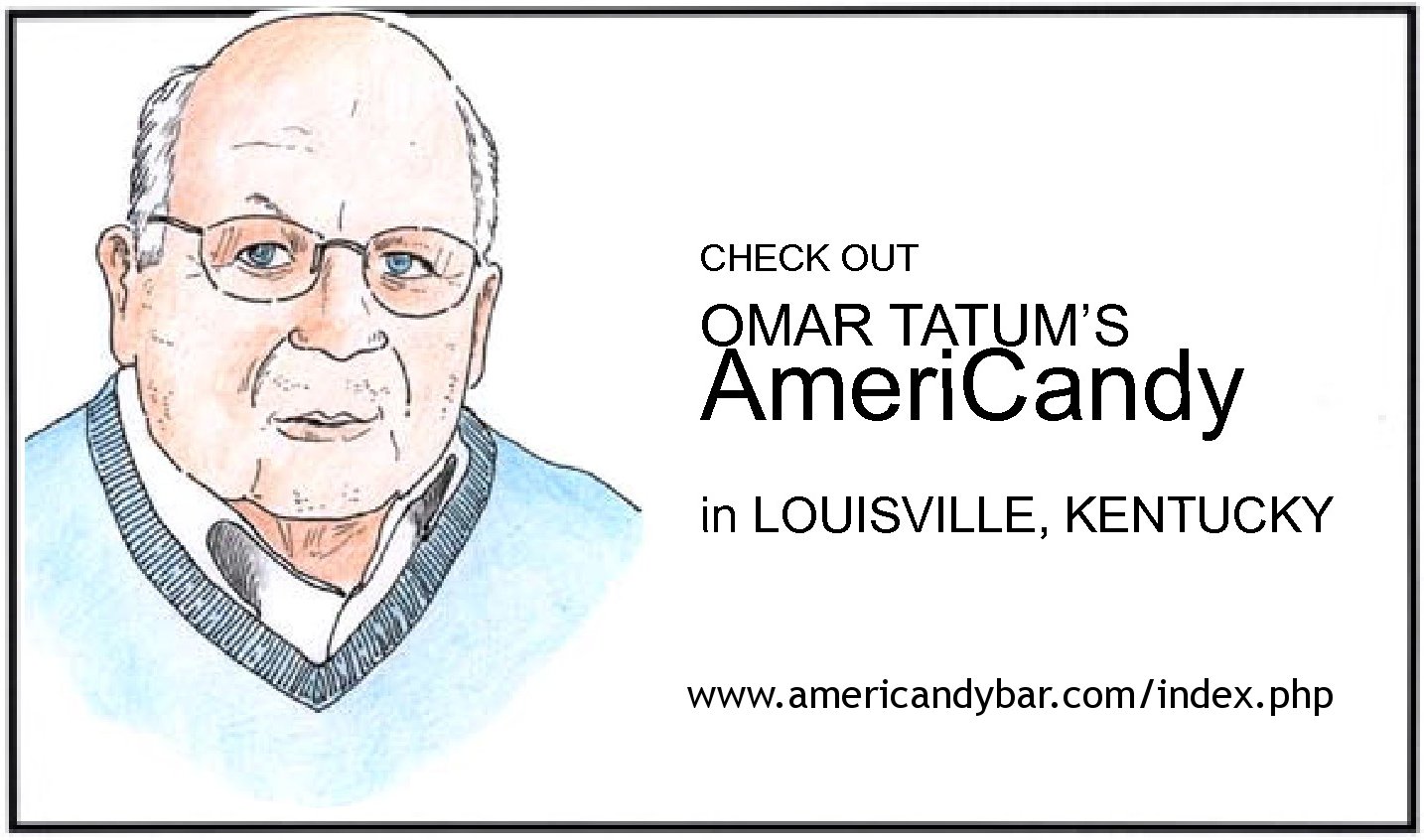

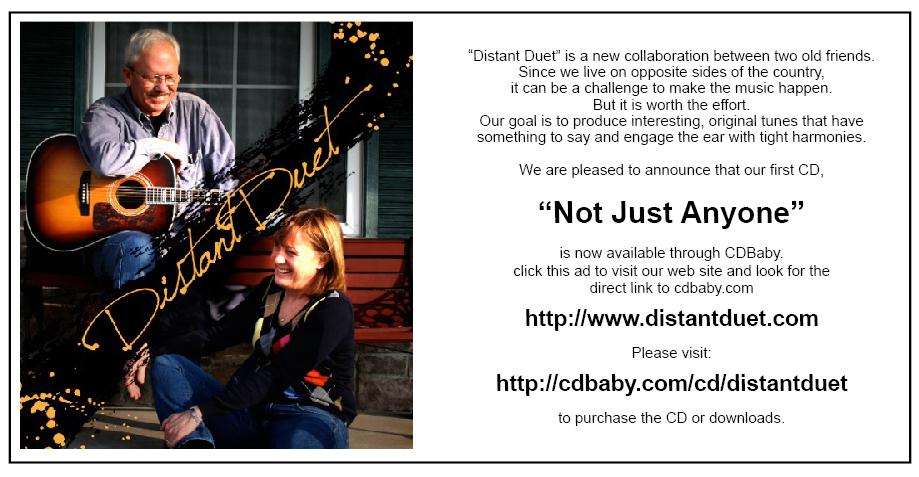
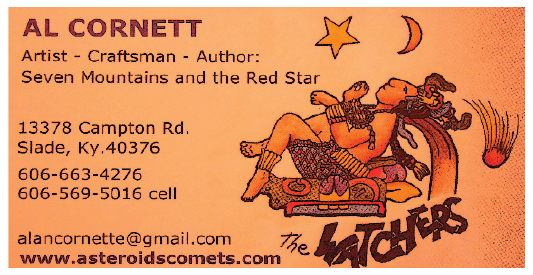
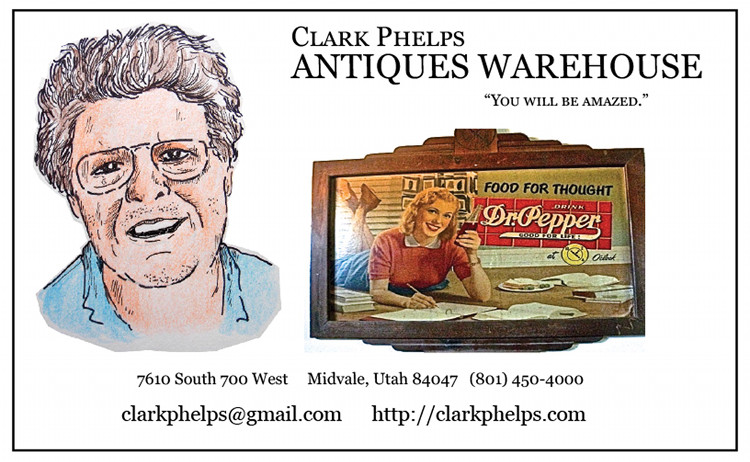
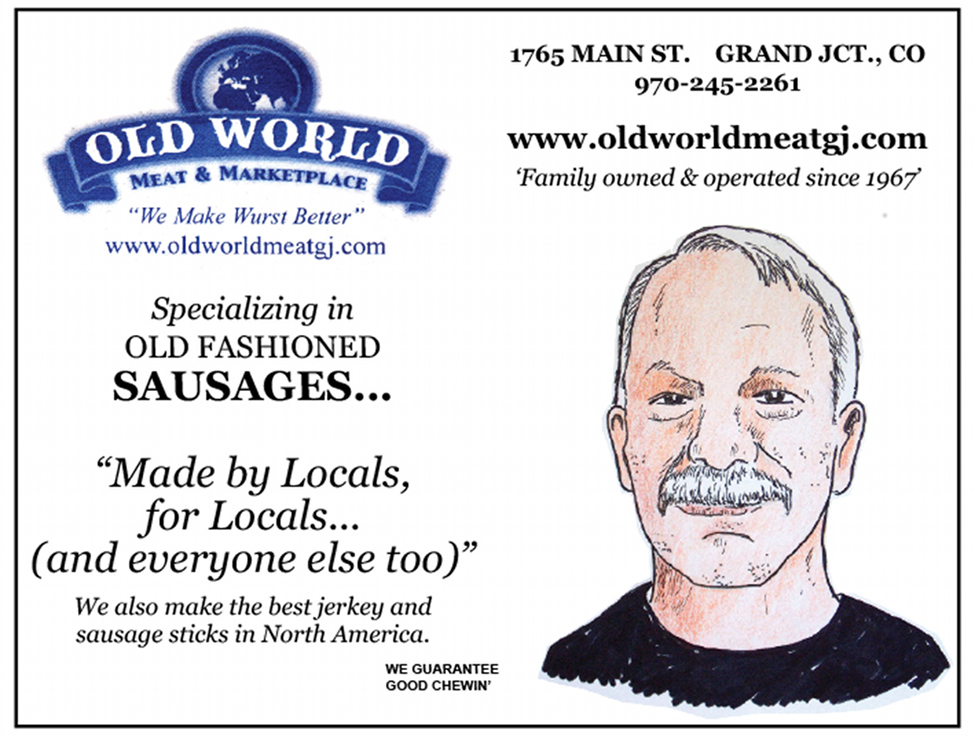
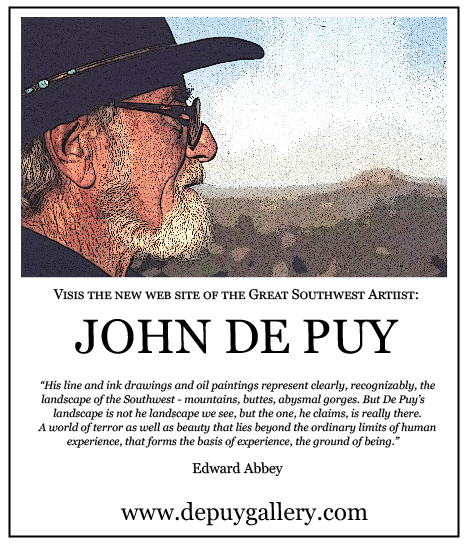
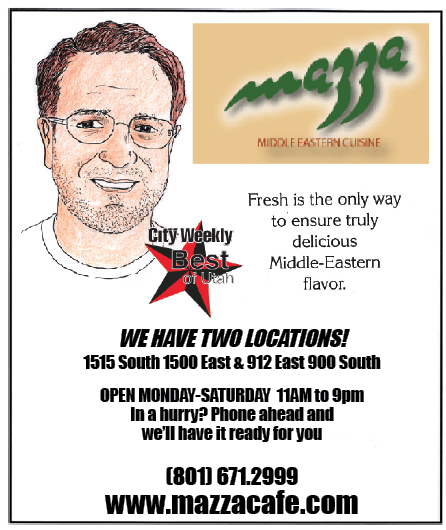
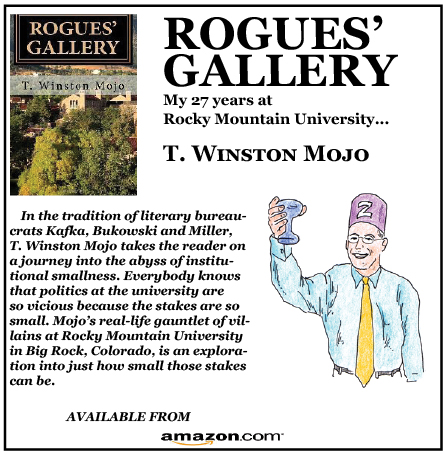
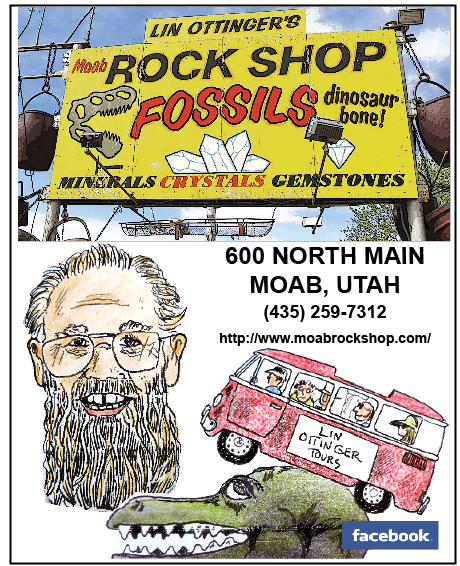
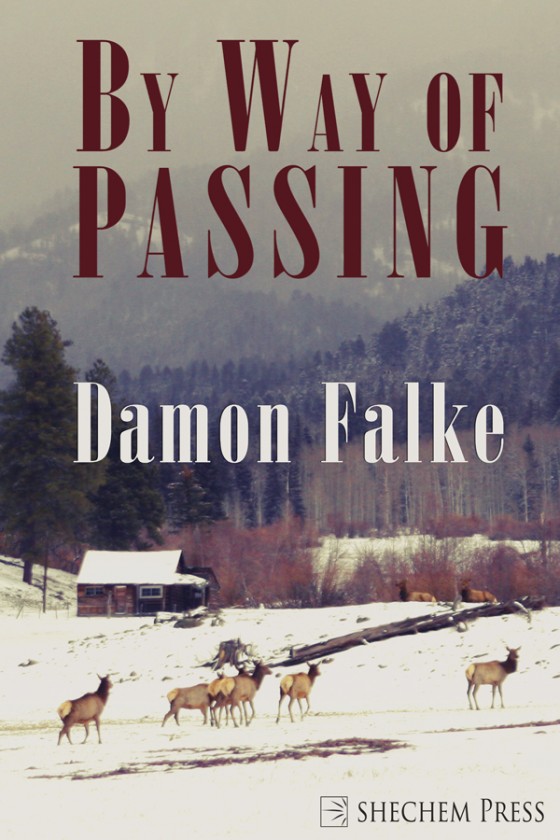
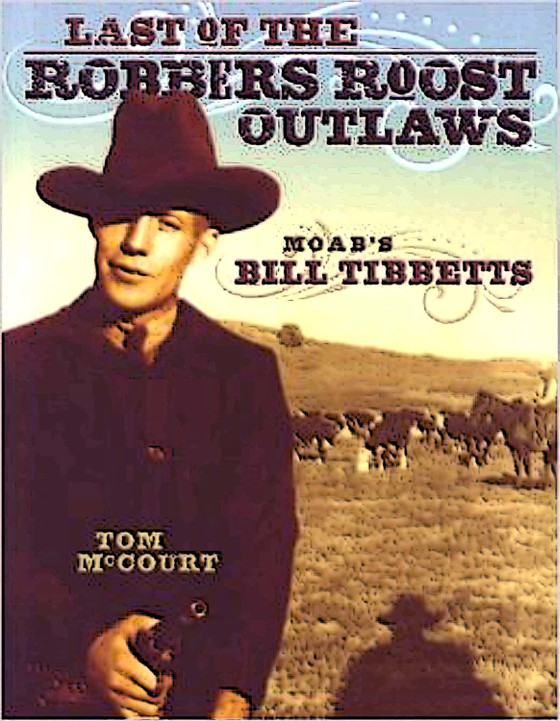
5 Responses
Stay in touch with the conversation, subscribe to the RSS feed for comments on this post.
Ed Abbey became one of my few heros about 25-30 years ago. I was introduced to him by my cousin who was a park naturalist at Rocky Mtn Nat’l Park and a school teacher on the Navajo Nation. I was immediately smitten. Here was someone who introduced me to a part of the country I knew must exist but didn’t know about because of my families eastern schooling and indoctrination. I knew that there had to be someplace out there less anal! I’ve been traveling westward, camping in the canyons and high country ever since. I own every book of his except the very first.
I was a park ranger and, later, park superintendent, working for some 8 years in Utah parks. Read, and admired his books. But didn’t meet him there. Happens though, that I had 2 friends who worked at Organ Pipe. We used to visit them there, usually at Thanksgiving time, and were fortunate to find Ed there,working as a seasonal. A fortunate chance to meet and become acquainted with a unique American, an Ikon in the field. His books remain conveniently located for easy access in my personal library, over 40 years later.
I was living in Salt Lake in the early 70’s when I read my first Abbey book. I moved back to Monticello shortly after and found that he was a frequenter of my older brother’s mechanical skills. I stopped at Gene’s shop one gray spring afternoon and my brother said “you just missed Ed Abbey, I’m working on his truck and he just left and you can catch him.” I drove off in my VW and when seeing him I yelled “hell yeah, my day would be perfect If could sit with Ed Abbey and have a cup of coffee.” He yelled back “my day would be better if we went to a bar and had a pitcher of beer.” It was a great afternoon and we were shortly swamped by other Abbey fans.
Thanks…
Great story, again, Jim. Starting my fourth painting tomorrow. Keep in touch. Al C.